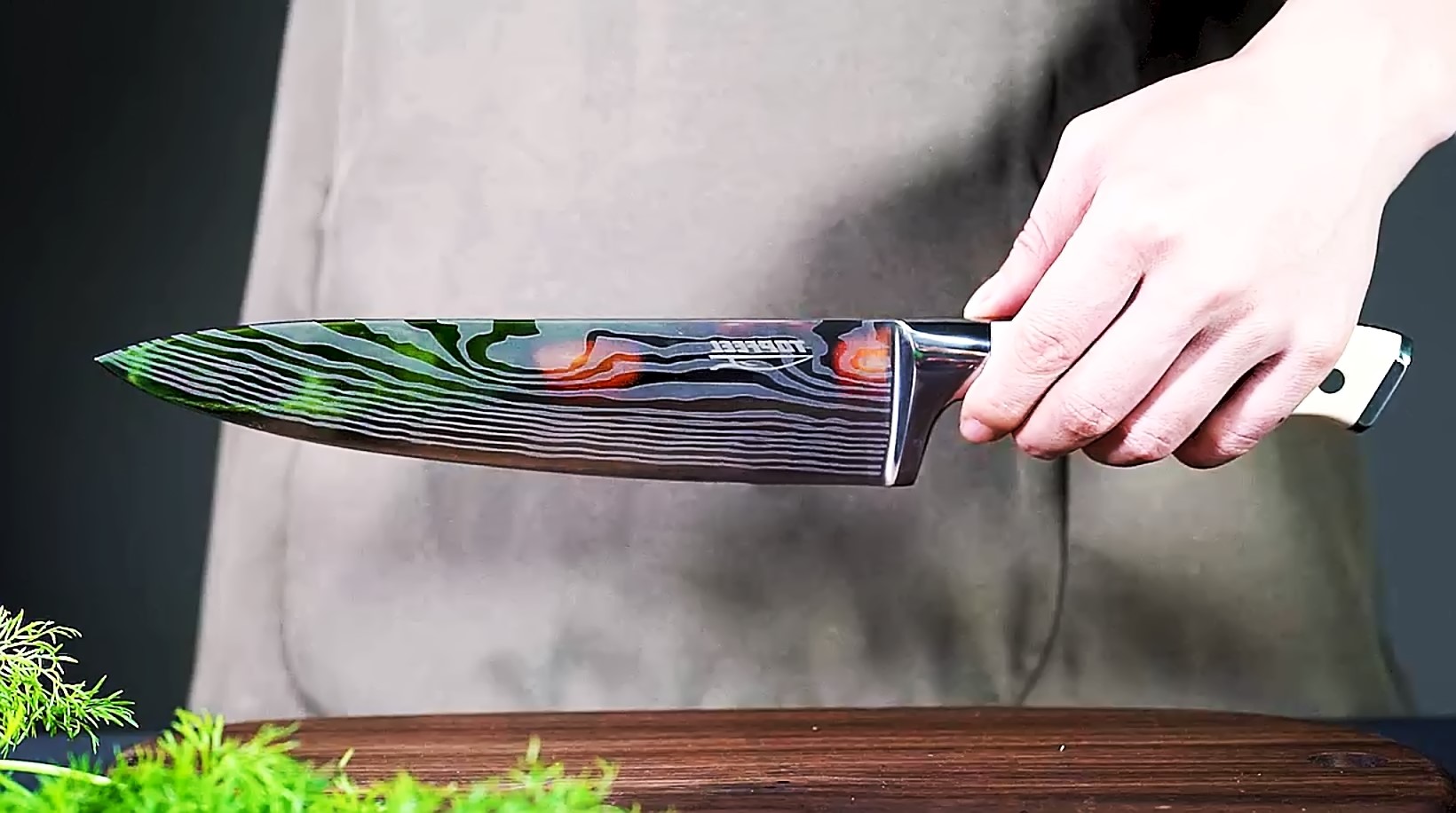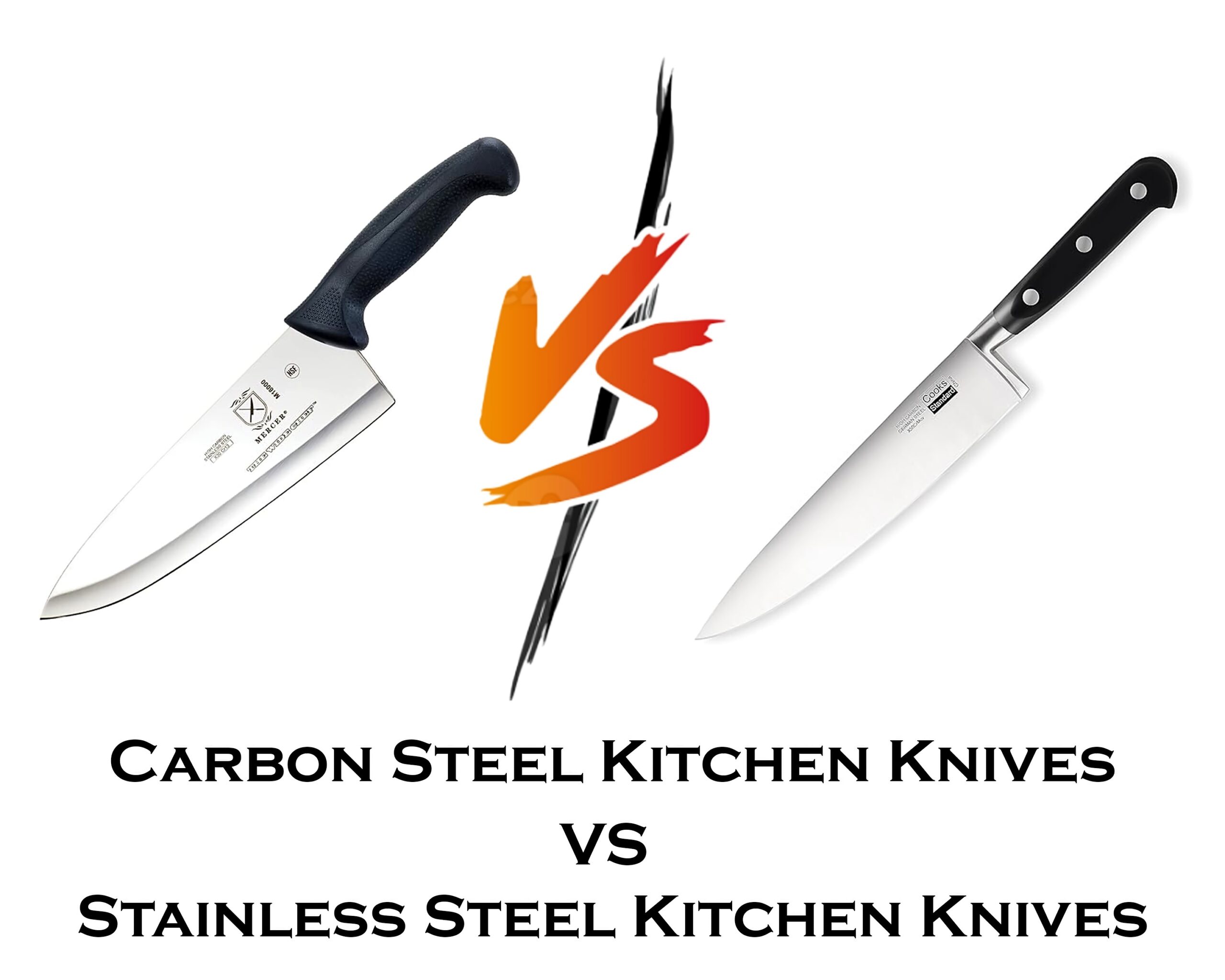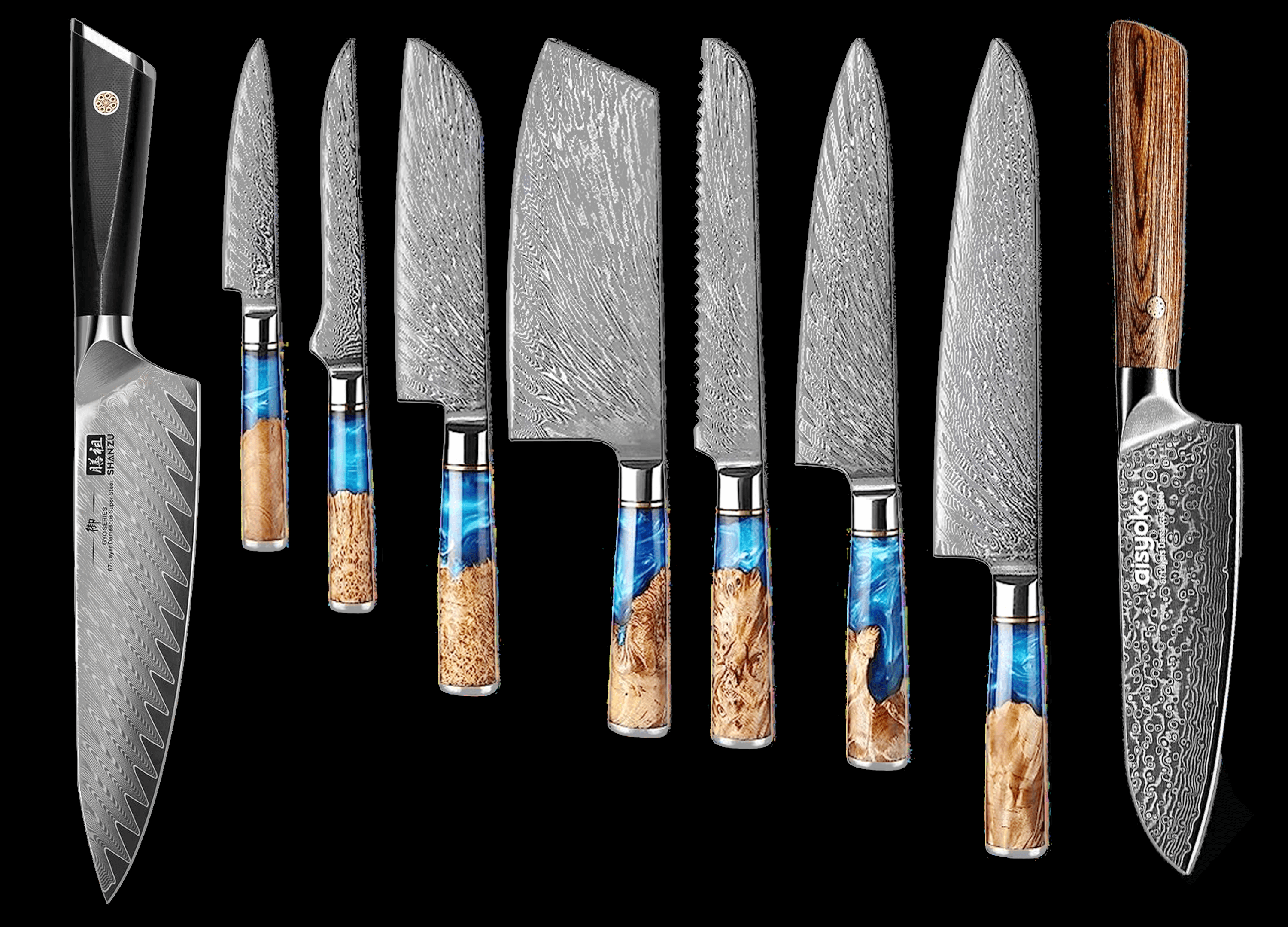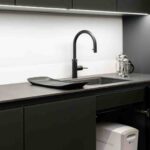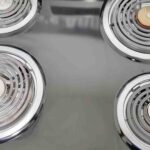As an Amazon Associate, I earn from qualifying purchases.

A chef’s most indispensable tool in culinary mastery is undoubtedly their knife. A sharp knife is handy for preparing food quickly and improves cooking Skills. Chefs and home cooks prefer stainless steel knives for cooking, which are tough and resistant to metal rust. However, to maintain their peak performance, regular sharpening is essential. The Complete guide on how to sharpen stainless steel kitchen knives? Techniques, tools, and advice for achieving sharp edges have been Included.
Understanding Stainless Steel:
We need to understand the properties of stainless steel before talking about sharpening. While stainless steel knives are renowned for their resistance to rust and staining, they can lose their sharpness over time due to regular use. So, The key is to balance maintaining the knife’s durability and ensuring a keen cutting edge.
Essential Tools for Sharpening:
Whetstones:
Whetstones, also known as sharpening stones, are fundamental tools for sharpening stainless steel knives. There are different kinds, ranging from coarse to fine. The initial sharpening is done with coarser stones, while finer ones refine the edge.
Honing Rods:
Honing rods, or sharpening steels, are ideal for regular maintenance between sharpening sessions. They don’t remove material from the blade but help realign the edge and keep it straight.
Electric Knife Sharpeners:
Electric knife sharpeners are user-friendly and efficient, making them popular for busy kitchens. On the other hand, one has to select a model that can be easily adjusted and is of different stages to obtain optimum results.
Manual Knife Sharpeners:
These handheld devices often feature sharpening slots with pre-set angles. On the other hand, one has to select a model that can be easily adjusted and is of different stages to obtain optimum results.
Steps to Sharpen Stainless Steel Kitchen Knives:
Now that we’ve covered the essential tools let’s explore the step-by-step process of sharpening stainless steel knives.
Inspect the Blade:
Inspect the knife blade for any visible damage or nicks before sharpening. Consider hiring a professional service for sharpening knives; in case of serious problems, Move on to the next steps for less serious ones.
Begin with a coarse grit stone (around 400-600) to address any dullness or damage. As the edge becomes refined, progress to finer grit stones (1000-3000) for a polished finish.
Preparation:
Whetstone soaked with water, let it stand for 10-15min. Ensure that the stone has enough moisture for easy sharing.
Maintain the Correct Angle:
Hold the knife at a consistent angle, typically around 15-20 degrees. The angle of this balanced edge is essential to maintain balance. The angle should be held constant during even sharpening.
Sharpening Strokes:
Using gentle pressure, slide the knife across the whetstone sweepingly. Start from the base of the blade, near the bolster, and move towards the tip. Repeat on both sides until you achieve the desired sharpness.
Honing:
Sharpen the blade and then use a honing rod to re-align the blades. Hold the honing rod vertically and, with light pressure, stroke the knife from the base to the tip, ensuring even contact with the rod.
Testing the Edge:
Carefully assess the sharpness of the blade by slicing through a piece of paper or a soft vegetable. A well-sharpened knife should effortlessly cut through with minimal resistance.
Additional Tips for Maintaining Stainless Steel Knives:
Regular Maintenance:
Incorporate honing into your routine to align the blade between sharpening sessions. It helps in extending the period of carrying out significant sharpening.
Clean and Dry Immediately:
After use, promptly clean and dry your stainless steel knives to prevent corrosion. Avoid leaving them in a damp or acidic environment, compromising the blade.
Avoid Glass or Granite Cutting Boards:
Opt for softer cutting surfaces like wood or plastic to reduce the impact on the blade. Glass or granite boards can accelerate blade dullness.
Professional Sharpening:
Consider professional sharpening services if you need clarification on sharpening your knives or if they have significant damage. Only professionals possess the necessary skills and knowledge to get your kitchen knives back into ideal shape.
Conclusion:
Home kitchen masters, as well as the highest professionals, study this skill. Understanding how to sharpen and maintain the stainless-steel blades is necessary to serve as long, trusted associates in your kitchen. However, remember a clean sharpens your cooking experience and enhances safety and accuracy during your cooking ventures. Ok, razor-sharp and take your cooking to a more significant elevation.
As an Amazon Associate, I earn from qualifying purchases.

